Cinnamon and canela are distinct spices often confused due to similar names. True cinnamon (Ceylon) comes from Cinnamomum verum, while canela (Cassia) is from Cinnamomum burmannii. Key differences include taste, origin, coumarin content, and best culinary uses. Here's a detailed comparison to help you choose the right spice for your recipes.
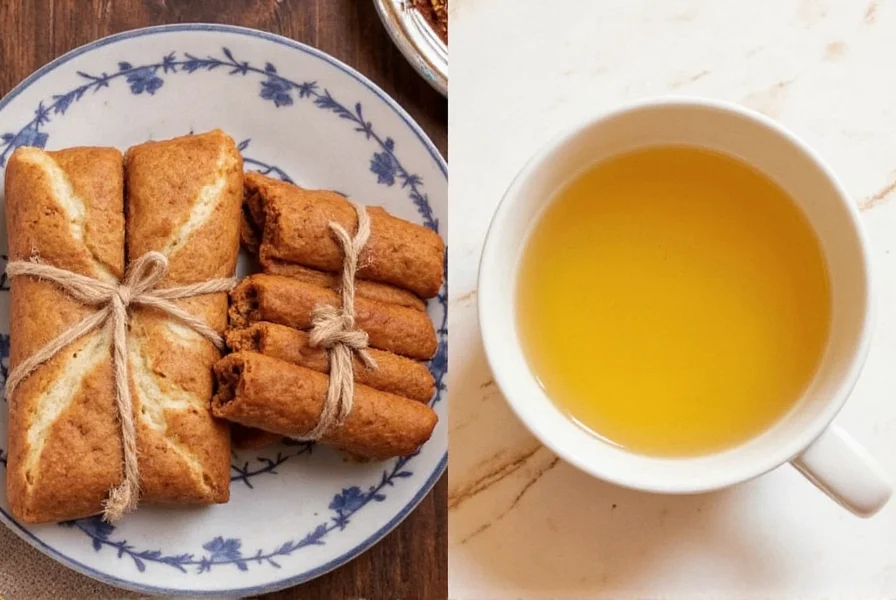
Cinnamon vs Canela: Key Differences Explained
| Feature | Cinnamon (Cinnamomum verum) | Canela / Cassia (Cinnamomum burmannii) |
|---|---|---|
| Taste | Mild, delicate, slightly citrusy | Stronger, spicier, more pungent |
| Texture | Thin, brittle layers that roll easily | Thicker, harder sticks that are more robust |
| Color | Pale reddish-brown | Deep reddish-brown to almost black |
| Aroma | Subtle, floral, complex | Bold, woody, intense |
| Price | More expensive due to harvesting complexity | More affordable and widely available |
| Origin | Sri Lanka, Madagascar, Seychelles | Indonesia, Vietnam, China |
| Coumarin Content | Very low (safe for regular consumption) | High (potential health concerns in large quantities) |
How to Use Cinnamon and Canela in Cooking
When to Use True Cinnamon
- Delicate Desserts: Perfect for custards, flans, and light cakes where subtle flavor is key.
- Health-Conscious Recipes: Lower coumarin makes it safer for daily use in larger quantities.
- Traditional Mexican Hot Chocolate: Authentic recipes often use Ceylon cinnamon for nuanced warmth.
When to Use Canela (Cassia)
- Hearty Bakes: Ideal for apple pies, gingerbread, and dense cookies where bold flavor is needed.
- Spicy Curries: Adds depth to Indian and Middle Eastern masalas.
- Budget-Friendly Cooking: Strong flavor at lower cost for everyday use.
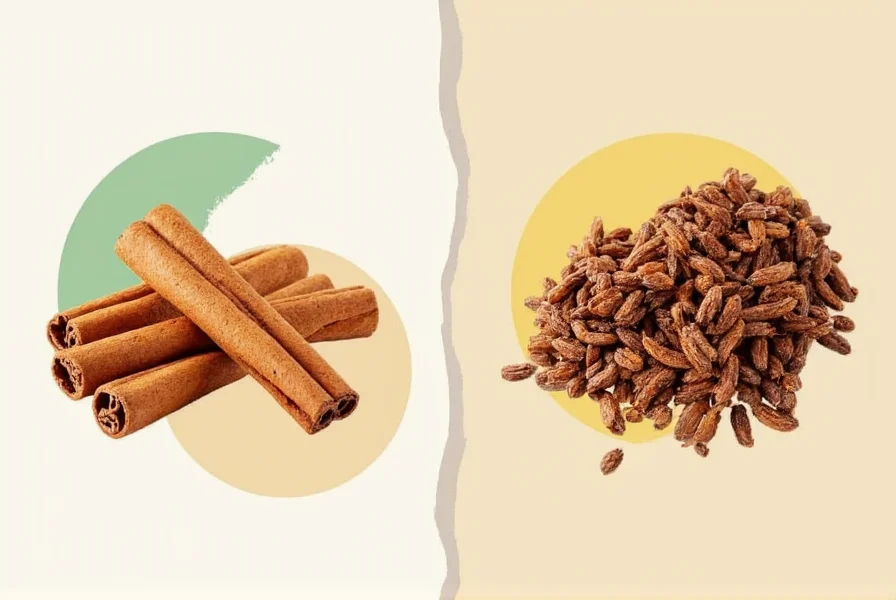
Buying Guide: How to Choose the Right Spice
Top Picks for True Cinnamon
- Ceylon Cinnamon Sticks – Sri Lankan Origin
- Features: Thin, layered bark; mild, complex flavor
- Best For: Infusing milk for desserts, tea blends
- Organic Ground Ceylon Cinnamon
- Features: Finely ground, high-quality powder
- Best For: Smoothies, yogurt, oatmeal
Top Picks for Canela
- Indonesian Cassia Sticks
- Features: Robust, tightly rolled bark; strong aroma
- Best For: Simmering in syrups, soups, stews
- Vietnamese Saigon Canela Powder
- Features: Deep red color, highly fragrant
- Best For: Cookie doughs, pie fillings, spiced drinks
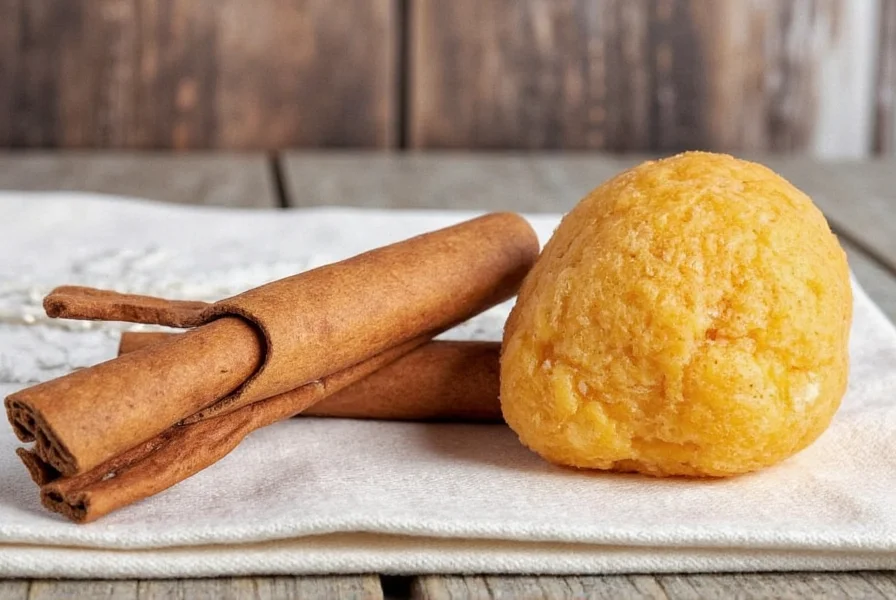
Proper Storage Tips
- Airtight Containers: Store in glass jars away from heat and sunlight.
- Dry Environment: Prevents clumping and mold; keep in cool, dark spice drawer.
- Shelf Life: Cinnamon sticks: 3-4 years; Canela sticks: 2-3 years; Ground versions: 1-2 years.
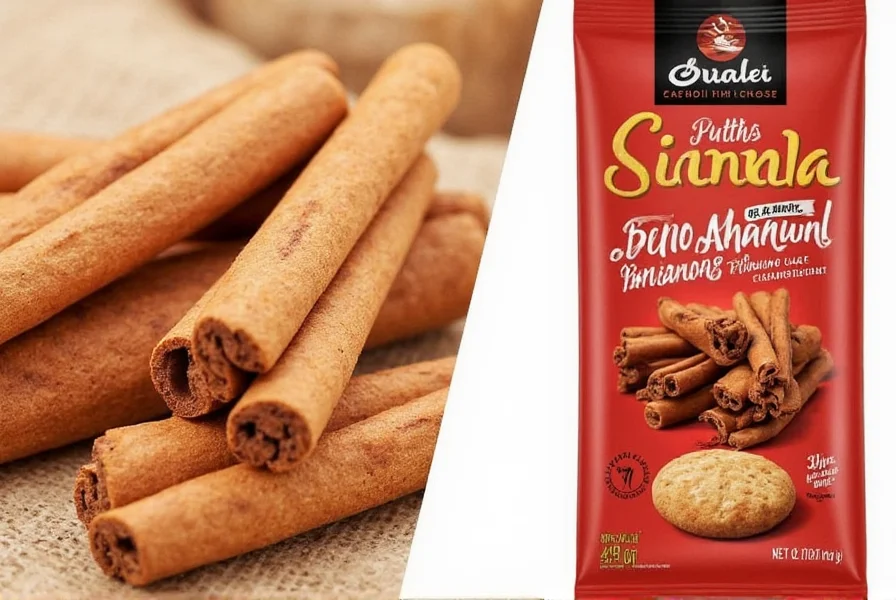
Frequently Asked Questions
Is canela the same as cinnamon?
No. Canela typically refers to Cassia cinnamon (Cinnamomum burmannii), while true cinnamon is Cinnamomum verum (Ceylon). They differ in flavor, origin, and coumarin content.
Can I substitute canela for cinnamon in recipes?
Yes, but adjust quantities. Use 75% of the amount for canela when substituting for cinnamon due to its stronger flavor. For delicate recipes, substitution may alter the flavor profile.
Which is healthier, cinnamon or canela?
Ceylon cinnamon has significantly lower coumarin (a compound that can harm the liver in large doses) than canela. For regular or high consumption, Ceylon is safer. Both offer antioxidant benefits in normal culinary amounts.
Why is canela called cinnamon in some stores?
In the U.S., Cassia cinnamon (canela) is commonly labeled simply as "cinnamon" because it's cheaper and more widely available. True Ceylon cinnamon represents only 10-15% of the global market.
How can I tell the difference between cinnamon and canela?
Look for:
- Texture: Ceylon is thin and brittle; canela is thick and hard
- Color: Ceylon is pale reddish-brown; canela is dark reddish-brown to black
- Price: Ceylon is 2-3x more expensive
- Taste: Ceylon is milder with citrus notes; canela is stronger and spicier
Final Verdict: Which Spice Should You Choose?
There's no single winner — it depends on your needs. For delicate desserts, health-conscious cooking, or authentic Mexican recipes, choose true cinnamon (Ceylon). For bold flavors in hearty bakes, curries, or budget-friendly cooking, canela (Cassia) is ideal. Always check labels for "Ceylon" to avoid confusion with Cassia.
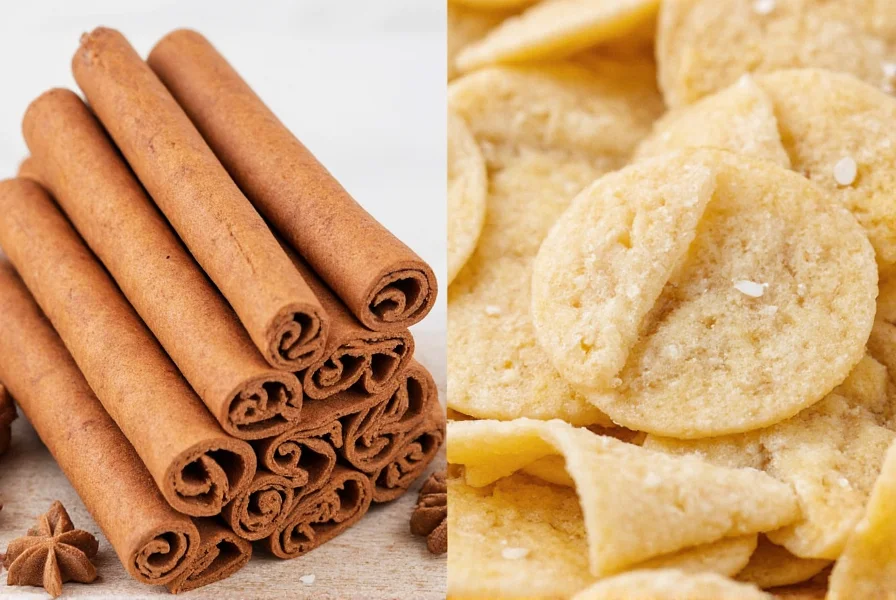

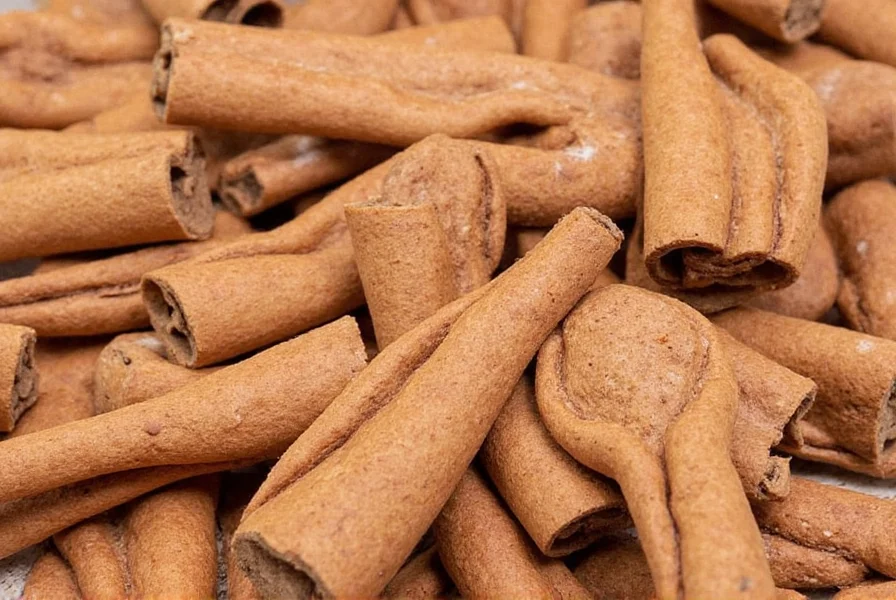









 浙公网安备
33010002000092号
浙公网安备
33010002000092号 浙B2-20120091-4
浙B2-20120091-4